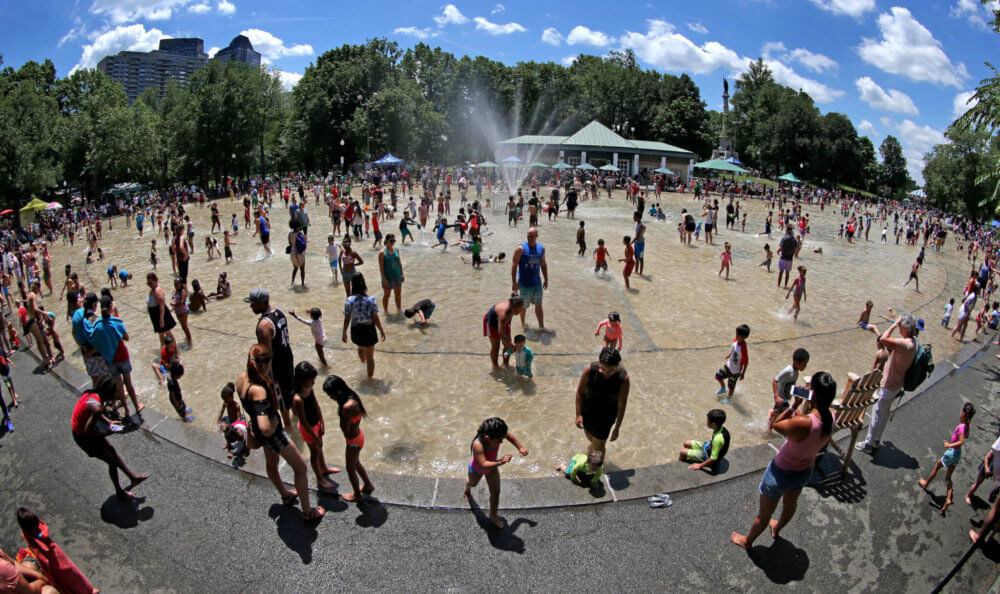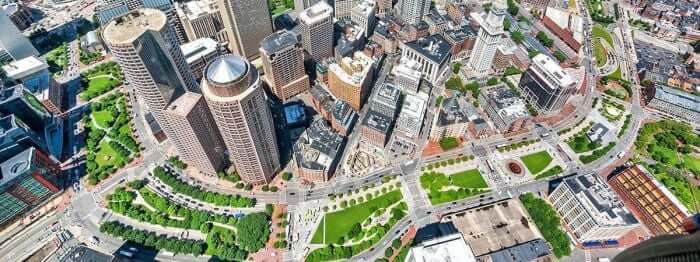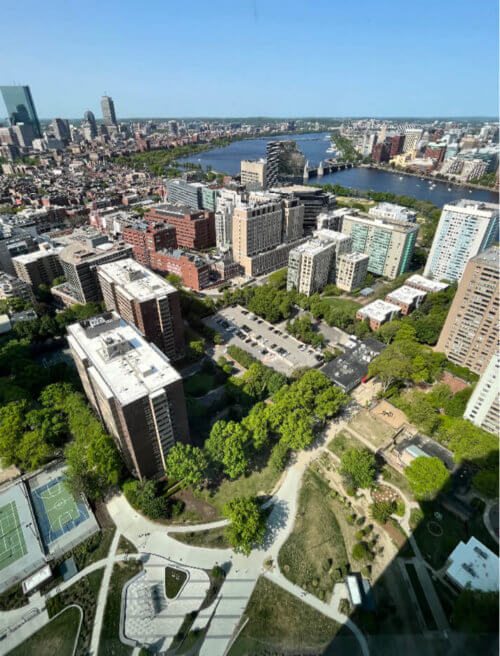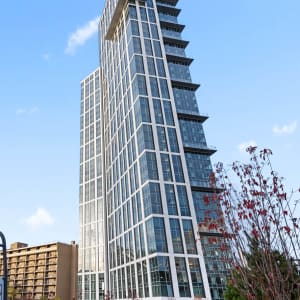Summer in the City: Heat Islands and the “Cool” West End
Summer in Boston is a celebrated, if too short, season for residents and visitors alike. In recent years, however, more frequent heat waves and extended periods of above-average temperatures have sometimes created dangerous conditions for many city residents…but not all.
According to the US Environmental Protection Agency (EPA), urban heat islands occur when cities, like Boston, replace natural land cover with pavement, buildings,and other surfaces that absorb and retain heat. This effect increases energy costs (e.g. air conditioning), air pollution levels, and heat-related illness and death. Today heat is the number one cause of weather-related deaths, more than tornadoes, hurricanes, flooding, and winter weather. By 2070, experts estimate that Boston could have over 30 days per year with temperatures over 100 degrees Fahrenheit.
Not everyone in Boston experiences the same effects of higher temperatures. Certain neighborhoods that are more crowded and have less open space have higher temperatures than others. Because space costs money, much of this heat difference can be attributed to race and income. Affluent white neighborhoods typically have more vegetation and therefore cooler summer temperatures that reduce exposure to outdoor heat-related health risks. In addition to being warmer, poorer neighborhoods lack critical resources in their physical and social environments to help them cope with extreme heat.
Cities are trying to address the problem of heat islands, especially in their most vulnerable neighborhoods. Climate change discussions in recent years have placed a new focus on the built urban environment as a contributor and potential solution to this heat problem. One area of research has focused on the benefits of “re-greening” cities by planting more vegetation in between buildings and reducing hard surfaces that absorb heat. As we all know, a green lawn is cooler than a parking lot on a summer day.
Types of buildings, their placement, and the materials used to build them can also affect the temperature of neighborhoods. Covering roofs in plants (green roofs) helps to cool buildings and surrounding areas because plants absorb carbon dioxide, a leading pollutant. Using lighter-colored materials on buildings helps too, as they reflect more sunlight and trap less heat. Cool roofs feature bright coatings that reflect more sunlight and absorb less heat. Cool pavements made of brighter materials like concrete and light-colored stone, or treated with reflective coatings, work in the same way. A model by the MIT Concrete Sustainability Hub estimated that, if widely implemented, cool pavements could reduce the frequency of heatwaves by 41% across all U.S. urban areas.
Given its urban location, it may seem surprising that the West End has cooler summer temperatures than many other neighborhoods in Boston. The Boston Heat Resilience Study of 2021 (based on data collected in the summer of 2019) shows very clearly that the West End’s summer daytime temperatures are noticeably lower than the adjacent North End and Beacon Hill. Why is the West End cooler?
The West End originally consisted of dense housing and very few green areas like other older neighborhoods in Boston. This dense neighborhood pattern was ripped up during urban renewal and replaced with the tall residential towers that we see today. The West End also gained more open space with grass and trees than the North End, Back Bay, South End, and Beacon Hill. In addition, the bright, reflective materials of Thoreau Path and the large green park space fronting Blossom Court contribute to the cooler temperatures that the neighborhood experiences today.
Additionally, owners of West End buildings have gradually added more features to buildings that counter the heat island effect. Cool roofs are now on some of the original urban renewal towers, like Hawthorne Place and the West End Apartments. The newest residential building in the West End, the Alcott Apartments, features a significant amount of white, reflective material from top to bottom. Other newer buildings not made of reflective siding materials, have cool roofs, are smaller in scale, and lower to the ground, thus absorbing and emitting less heat.
Although achieving a cooler climate would never compensate for the physical and social devastation caused by the West End urban renewal project, the neighborhood is now a leader in sustainability features that help keep it cooler than other sections of Boston. Urban renewal’s “accidental environmentalism” created open spaces of a scale that likely could not be replicated today in other Boston neighborhoods. They could, however, benefit from the addition of greener building materials, reflective surfaces, and a protected, maturing landscape that the West End has nurtured to positive — and cooler— results.
Article by Daniel Spiess, edited by Bob Potenza
Sources: “Climate Ready Boston”, Boston.gov. July 14, 2023. https://www.boston.gov/environment-and-energy/climate-ready-boston; Harlan, Sharon & Brazel, Anthony & Jenerette, G. & Jones, Nancy & Larsen, Larissa & Prashad, Lela & Stefanov, William. (2007). “In the Shade of Affluence: The Inequitable Distribution of the Urban Heat Island”. Research in Social Problems and Public Policy. 15.; https://climate.mit.edu/explainers/urban-heat-islands; https://education.nationalgeographic.org/resource/urban-heat-island/; https://www.epa.gov/green-infrastructure/reduce-urban-heat-island-effect; NOAA via Boston Heat Resilience Study Open House presentation, May 27, 2021.














